A look back at inaugurations in freezing temperatures - and the weather forecast for Biden's
President Ronald Reagan's second swearing-in had to be held indoors.
Inauguration Day for Joe Biden on Wednesday is expected to be dry, windy and chilly at noon with a temperature around 38 degrees and wind chill in the upper 20s to near 30 degrees, but with lots of sun.
This year's chilly weather is nothing, however, compared to a brutal Inauguration Day in 1985, which was the coldest January Inauguration Day on record, according to the National Weather Service. This was President Ronald Reagan's second inauguration after being reelected, and with temperatures at just 7 degrees at noon, his swearing-in ceremony was moved inside and the traditional parade was canceled. Temperature that day fell to a low of 4 degrees below zero, with wind chills as low as minus-20 degrees.
Interestingly, the warmest January inauguration was also for Reagan, in 1981, when it hit a comfortable 55 degrees. But the warmest inauguration in history was Aug. 9, 1974, for Gerald Ford after Richard Nixon's resignation – a toasty 89 degrees.
Inaugurations used to be held in March, until the 20th Amendment was ratified in 1933, stating that the president's and vice president's terms end at noon on Jan. 20, barring, of course, resignations, removals from office or deaths.
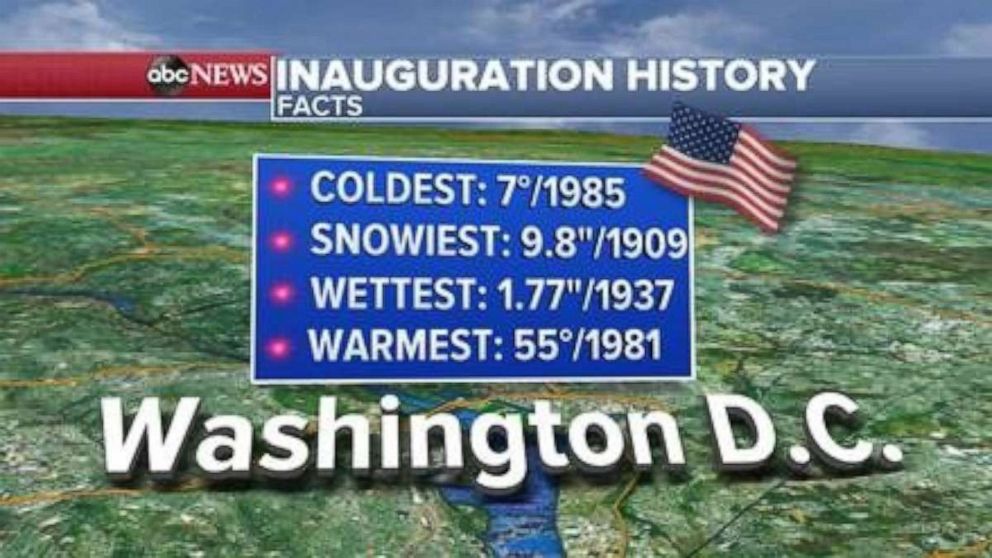
While 7 degrees above zero sounds dramatic, probably the most tragic inauguration came in 1841, when President William Henry Harrison gave a speech for over 90 minutes in cold, cloudy weather in early March. Per the National Weather Service, he also went to and from the Capitol by horse without a hat or overcoat.
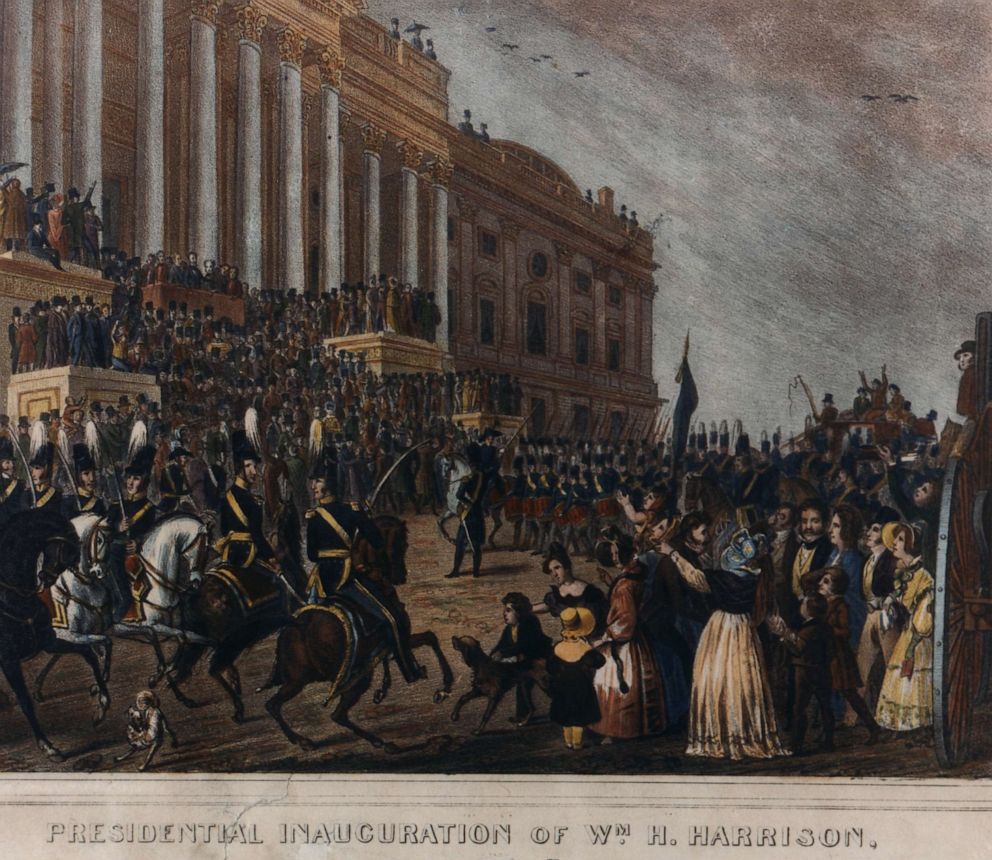
After exposure to those harsh conditions, Harrison developed pneumonia from a cold and died a month later, making him the country's shortest-serving president to this day and the first to die in office.
Twelve years later, tragedy struck again at the hands of cold weather on Inauguration Day. In 1853, President Franklin Pierce was sworn in on a snowy day, although the snow stopped shortly before noon and the weather seemed to be improving, according to the National Weather Service. But as soon as he began making his speech, it started snowing again.
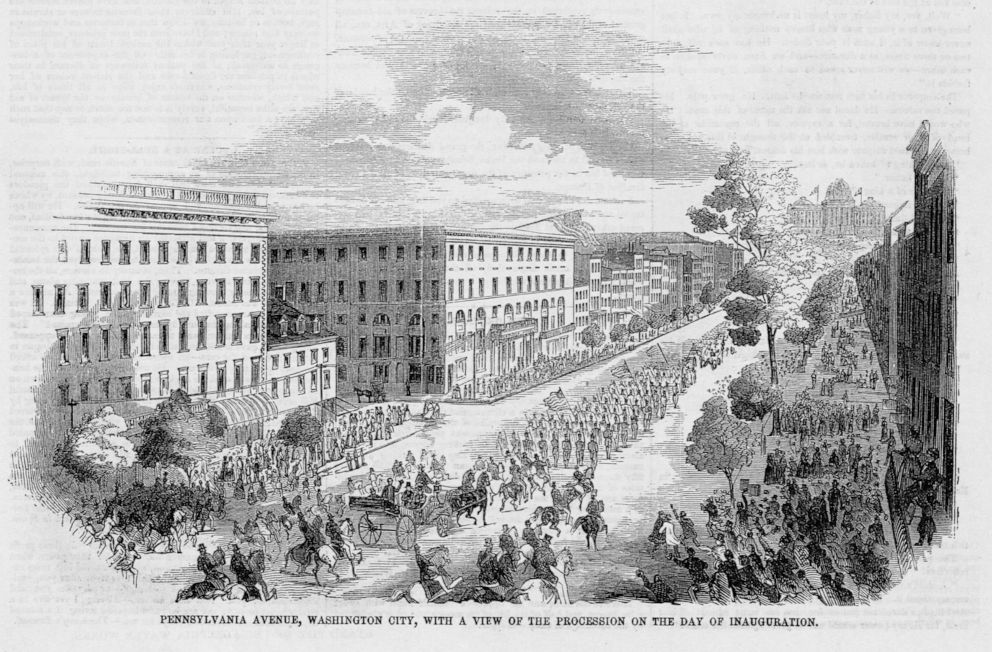
A month later, former first lady Abigail Fillmore, who sat on the platform during the ceremony, died of pneumonia that had developed from a cold she caught on Inauguration Day.
But President William H. Taft takes the cake for the worst inauguration weather, the National Weather Service says. In 1909, a storm forced his swearing-in indoors, away from the 10 inches of snow that draped Washington, D.C.
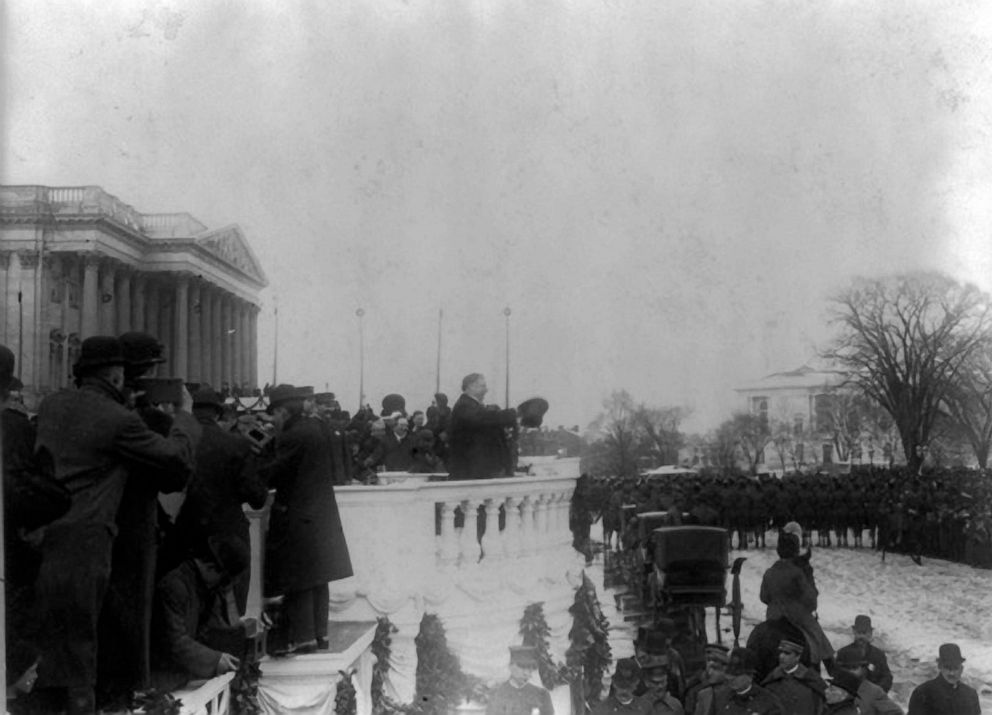
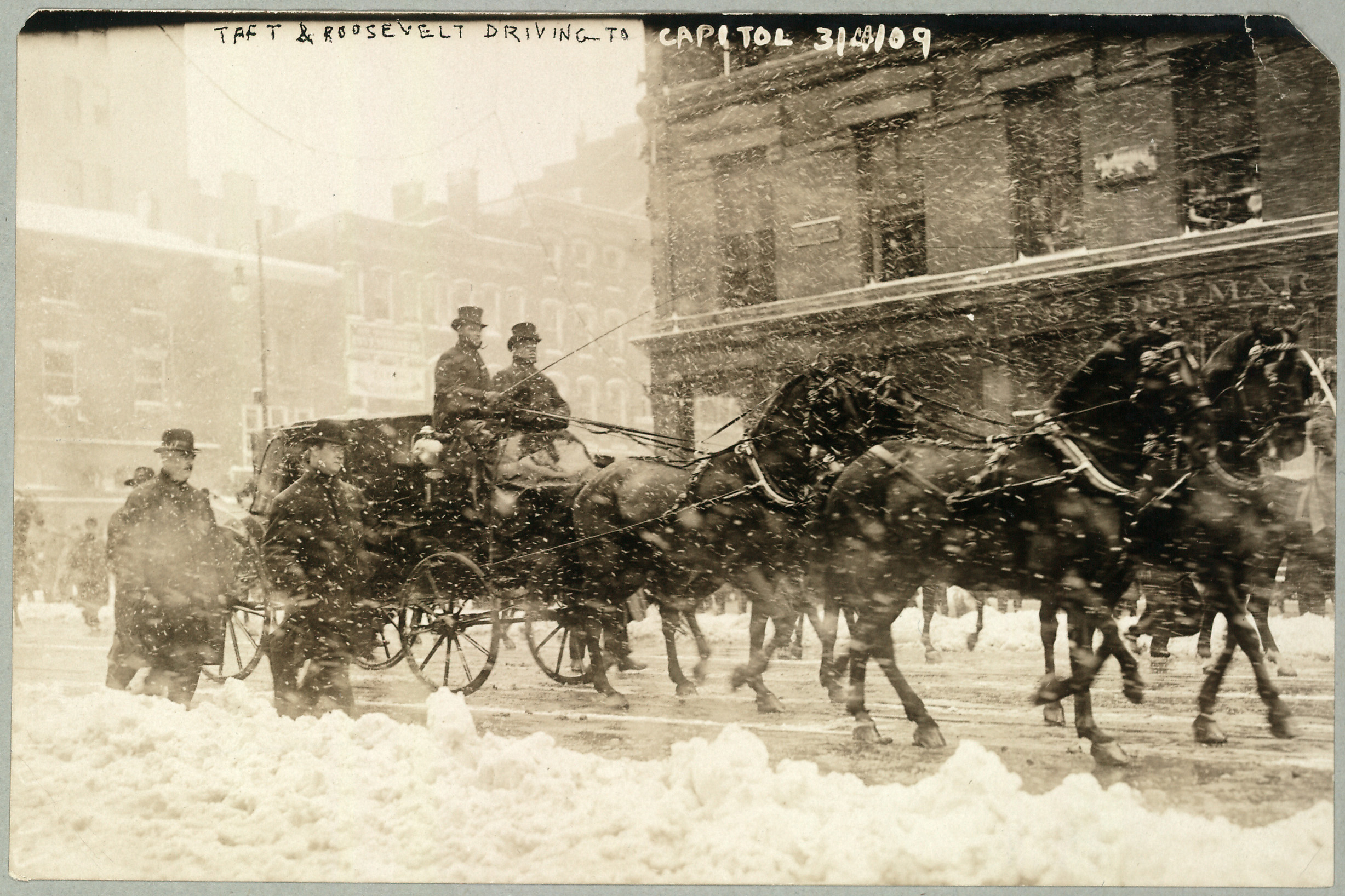
There is actually no legal requirement for the inauguration to be held in Washington, D.C., according to the Library of Congress -- it's just tradition that keeps these ceremonies outside at the Capitol. This year, amid the coronavirus pandemic and the recent attack on the Capitol, there have been some calls for the ceremony to be moved to a more secure, indoor location.
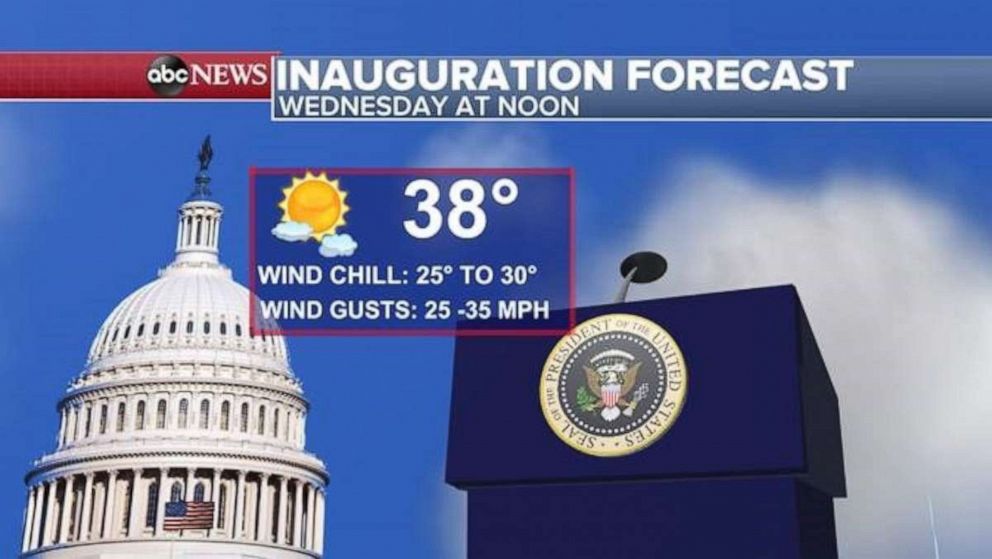
However, Biden still plans on being sworn-in on a platform outside of the Capitol, albeit with heavily increased security and, public officials hope, much smaller crowds than usual for safety reasons. You can read more about the plans for the inauguration here.